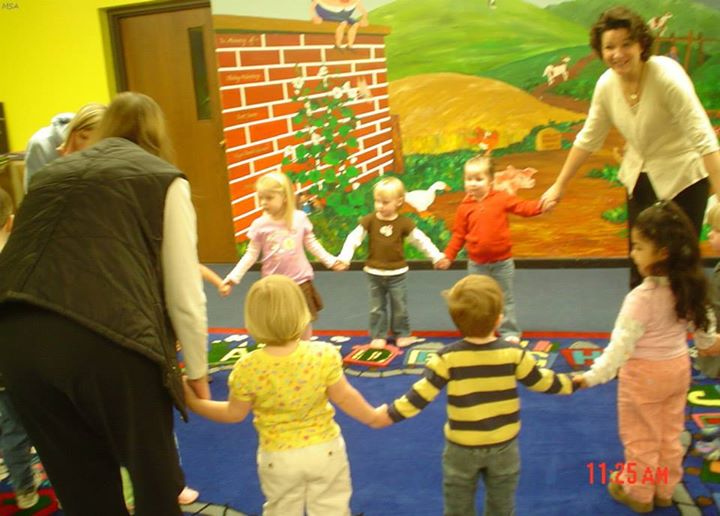



– Lyrics and what they mean:
- ~Ring Around The Rosie~ This describes the sores surrounded by red rings that are associated with the Bubonic Plague.
- ~A Pocket Full Of Posies~ This describes the ritual of placing posies in the pockets of the recently dead plague victims to decrease the smell and even people living would keep posies in their pocket because it supposedly helped with the spreading of it, but that was probably more of a superstition thing.
- ~Ashes, Ashes~ This part of the rhymn describes how they disposed of the dead people’s bodies, they would burn them to decrease the chances that the plague would be passed on by touch or contact.
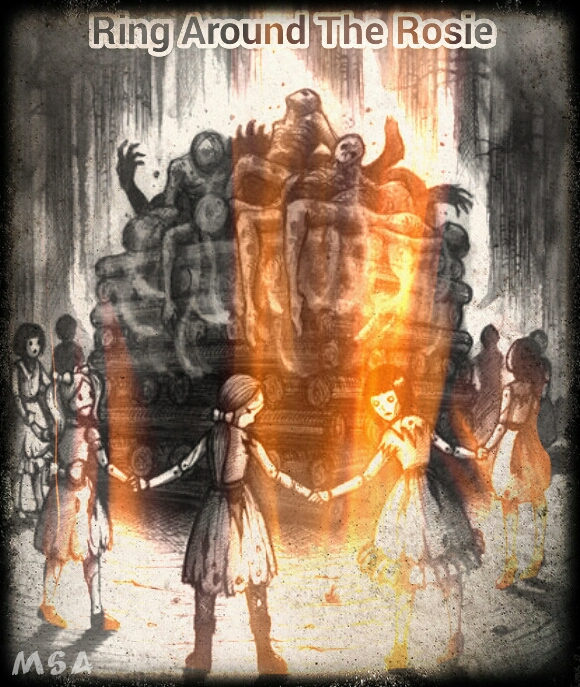
- ~We All Fall Down~ Basically means we’re all going to die. It was believed that the Bubonic Plague would completely wipe out the people of Europe and Asia. It’s estimated the plague killed about 35% of the people there at that time.
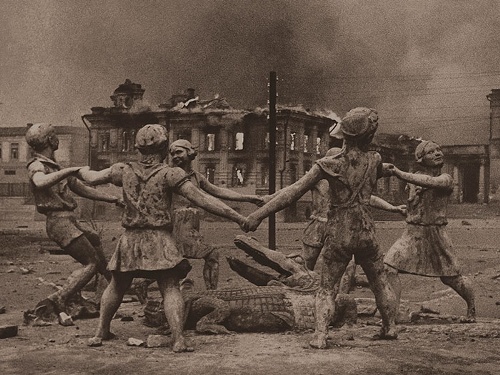
– Now that you know this, if you didn’t know before, listen to it you’ll realize it’s actually a pretty creepy song for children to be singing.
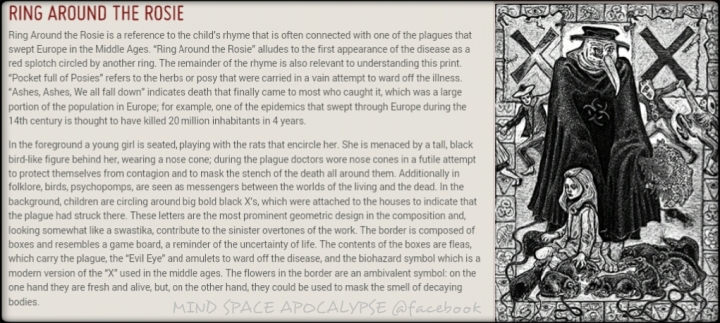

Peter, Peter, pumpkin-eater,
Had a wife and couldn’t keep her;
He put her in a pumpkin shell,
And there he kept her very well.
“Peter, Peter, Pumpkin Eater” is one of those nursery rhymes that seem innocent and nonsensical at first glance, but if you take a closer look, you’ll discover that it has a gruesome hidden message. This nursery rhyme talks about relationships, infidelity, and murder.
Just like “Rock-a-Bye Baby”, this rhyme did not originate from Britain but rather from America. It is generally believed that Peter’s beloved wife was a hooker. Since he could not keep his spouse from having sexual affairs with numerous men, he decided to kill her and hide her body in an absurdly large pumpkin.
– There’s another version of this rhyme that goes like this.
~(Chimbly = Chimney)
Eeper Weeper, chimbly sweeper,
Had a wife but couldn’t keep her.
Had another, didn’t love her,
Up the chimbly he did shove her.
– And yet, here’s another more gruesome, vivid version.
“Peter, my neeper,
Had a wife,
And he couidna’ keep her,
He pat i’ the wa’,
And lat a’ thet mice eat her.”
This rhyme suggests that women ought to love and be faithful to their husbands or else, they could suffer grave fatal consequences. As what the rhyme suggests, they could be murdered by their husbands and then hidden in a pumpkin, shoved in a chimney, or fed to rats.
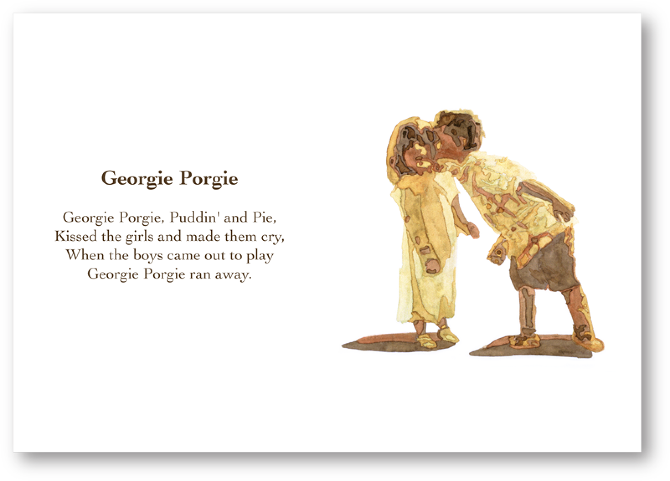
This “child-friendly” nursery rhyme actually has a sexual undertone to it. Georgie Porgie is a caricature of George Villiers, a bisexual nobleman who lived from 1592 to 1628. George was greatly favored by King James I. His friendship with the king was so intimate that he was able to gain immense power and position in just a short period of time—he was named the first Duke of Buckingham at the age of 31.
George and King James I were rumored to be lovers due to their intimate friendship, and accounts from various court diaries and letters proved this to be true. King James I even declared his love for George by publicly declaring, “You may be sure that I love the Earl of Buckingham more than anyone else, and more than you who are here assembled. I wish to speak in my own behalf, and not to have it thought to be a defect, for Jesus Christ did the same, and therefore I cannot be blamed. Christ had his John, and I have my George.”
Though George had a covert romantic affair with the king, he was a womanizer (…kissed the girls and made them cry…), and had sexual relationships with numerous women, including the daughters and even the wives of many English noblemen. Because the king favored him, the English noblemen were incapable of prosecuting him, thus explaining the line, “when the boys came out to play, Georgie Porgie ran away”.

Rock a bye baby on the tree top,
When the wind blows the cradle will rock,
When the bough breaks the cradle will fall,
And down will come baby, cradle and all.
There are many theories explaining the origin of this all-time favorite lullaby, but perhaps the most intriguing is the one that comes from a Native American custom practiced hundreds of years ago.
Legend has it that a certain pilgrim saw an American Indian mother hanging her baby from a tree; the baby was inside a birch bark cradle (…rock a bye baby on the tree top…). The idea behind this custom is two-fold. By suspending her baby from a tree, the Native American mother can work freely, knowing that her child is safe from animal predators. The other reason, which is depicted in the rhyme, is that the winds blowing above will lull the baby to sleep (…when the wind blows the cradle will rock…) However, this custom could be potentially fatal for the baby since “when the bough breaks the cradle will fall, and down will come baby, cradle and all.”

Ladybird, ladybird fly away home,
Your house is on fire and your children are gone
The person referred to as “Ladybird” in this nursery rhyme is Mary, the Mother of Jesus and a prominent figure in Catholicism. During the time this rhyme was written, Catholic believers all over England were heavily persecuted. Those who disobeyed the Act of Uniformity, which required all citizens to attend the services conducted by the Church of England, faced serious punishment such as being imprisoned or put to death.
Despite the deadly consequences they could face, many Catholic priests and believers still practiced their faith—they would conduct Mass on the open fields.
The line, “Your house is on fire and your children gone”, signifies the death of many Catholic priests and believers under the hand of the Protestant monarch who ruled during this period of time. Many of them were burned alive, hanged, or sawn.
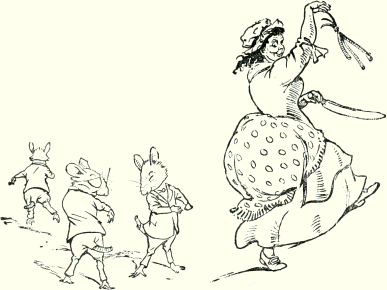
Three blind mice, three blind mice,
See how they run!
They all ran after the farmer’s wife,
Who cut off their tails, with a carving knife.
Did you ever see such a thing in your life,
As three blind mice.
Unknown to many of us, the term “Bloody Mary” and the rhyme “Three Blind Mice” actually have one thing in common—they refer to the same ruthless person.
The farmer’s wife depicted in this rhyme is Mary I, the daughter of King Henry VIII and the Catholic Queen, Catherine, who ruled England from 1553 to 1558. She is known as “Bloody Mary” because of her atrocious acts; she ordered the torture and execution of many Protestants during her short-lived reign.
On the other hand, the three blind mice referred to in the rhyme are three Protestant noblemen who were charged of secretly planning to kill Queen Mary, and no, they were not blind. As punishment, these three men suffered a horrible death—they were burned alive!
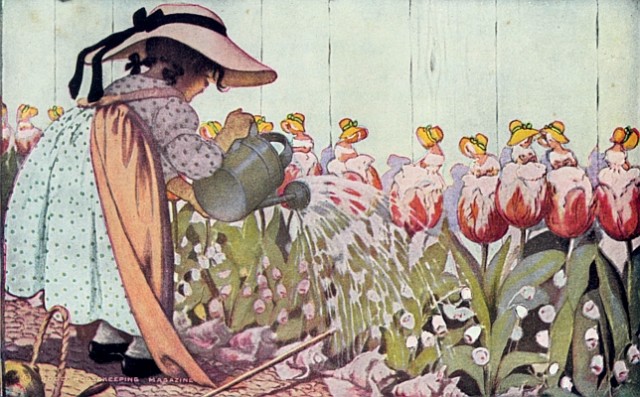
Mary, Mary quite contrary
How does your garden grow?
With silver bells and cockleshells
And pretty Maids all in a row.
This rhyme deserves to be in the number one spot because among the rhymes discussed in this list this one has the most gruesome hidden meaning.
As you might have guessed, the “Mary” described in this rhyme is no other than Mary I of England, the same “Bloody Mary” who executed the three Protestant noblemen. The first line, “how does your garden grow”, refers to the expanding graveyards of innocent Protestants whom Mary ordered to be tortured and murdered for not converting into Catholicism.
Experts suggest that the words “cockleshells” and “silver bells” refer to two torture devices used during this period of time. The former is a kind of torturing machine placed in the private parts of the victims while the latter refers to a kind of thumbscrews that smashes one’s thumbs if they are fastened. Finally, the word “maids” is said to represent “the maiden”—a torturing device used to behead people.
Since some of these refer to Bloody Mary, here’s a quick history behind the legend:
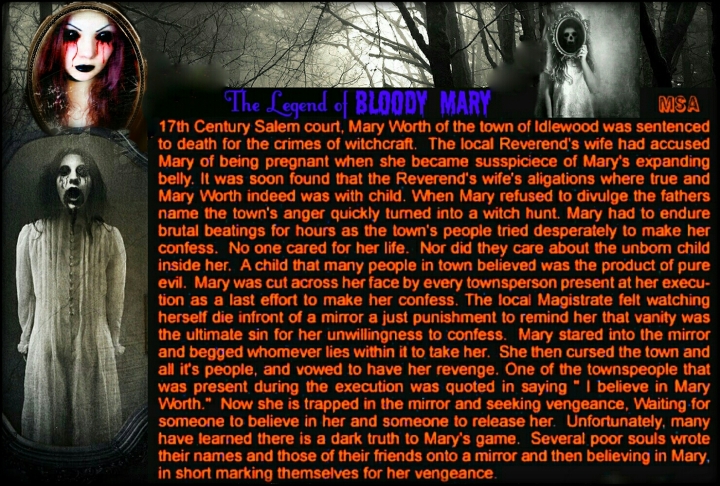



The nursery rymes was an excellent read! I love the bloody Mary story!
Thank you
This site rules!
Like
Wow! That was fun to read!
Like
I’m left wondering; In the animated video of Ring Around The Rosie, they sing a second verse. I cannot really understand the words, and they are not quoted or referenced. Any idea what they say and what it means?
Like
Reblogged this on Random, Rational, Rants, and Ramblings.
Liked by 1 person